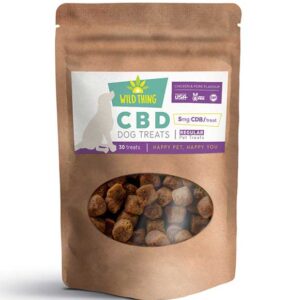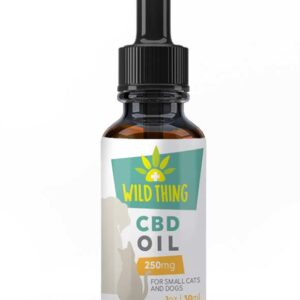There’s no such thing as being “over prepared” when it comes to being a pet owner. Unless you plan on constructing a bomb shelter for your schnauzer, that is. Truth be told, there are many circumstances where a pet emergency kit would come in handy. As durable as our pups are, they can still get injured from time to time. Especially the pets with the more active lifestyles. If you are a pet owner that likes to hike the trails and mountain passes or a beach goer who is always exploring the deep, you definitely need to consider some type of pet first aid kit for emergency situations. If you are a more laid back homebody who rarely sees their pet venturing outside you definitely need to consider some type of pet first aid kit for emergency situations. The fact of the matter is, animals can get injured. It’s not a guarantee, but it’s a possibility and a pet first aid kit is your insurance. It’s better to have it and not need it, than need it and not have it. In this article we will explore the different items you should be including in your homemade dog first aid kits as well as a quick description of what purpose each item serves.
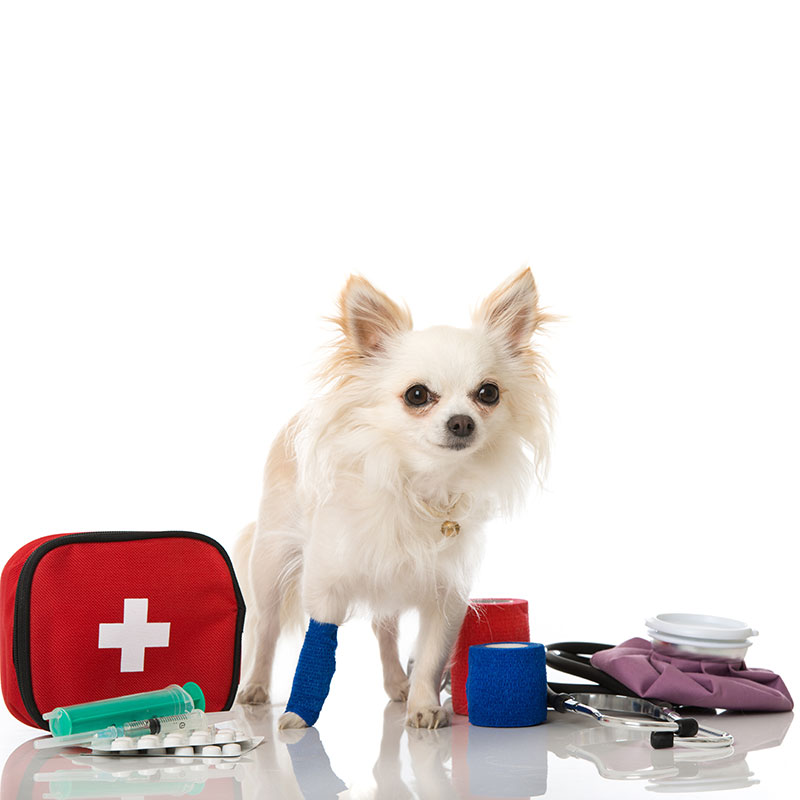
What To Put In A Dog First Aid Kit
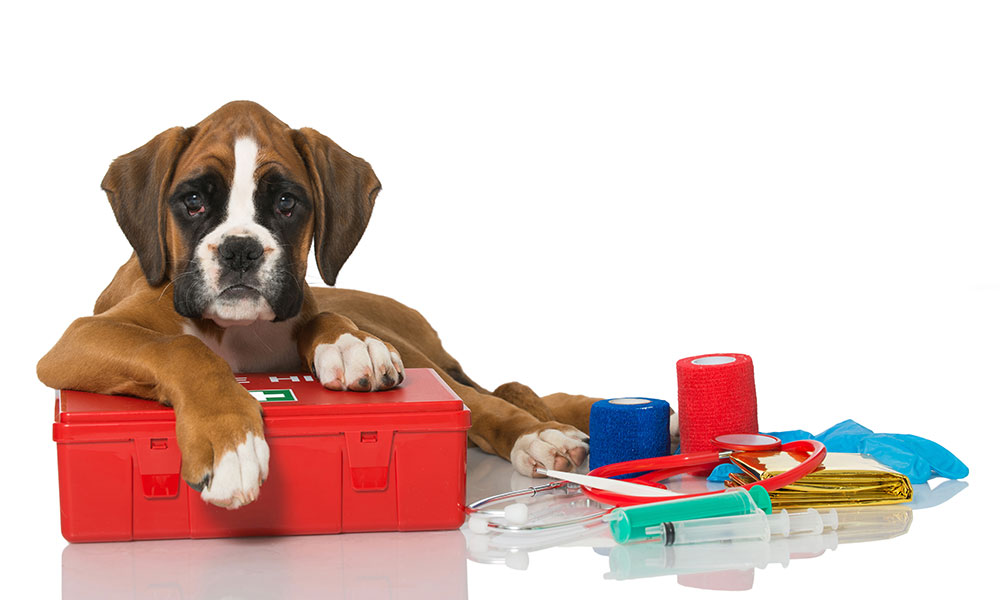
There are many different types of first aid kits to consider when you are building one for your dog. Is it a home first aid kit or do you want one for travel as well? If you don’t see your dog on any hiking trails anytime soon then a home first aid kit is likely all you would need. For this article, we will focus on the basic building blocks of a home first aid kit and expand with some handy extras you can consider for your own first aid kits. When it comes to any first aid kit, there are a number of staples or “must haves” that you should always include in your kit.
Surgical tape is a vital component to any DIY dog emergency kit. Those bandages you plan on applying to fido’s paw aren’t going to secure very well if they don’t have a clean adhesive to hold it in place. Surgical or medical tape is usually easy to spot due to its textured-white appearance.
Speaking of applying medical tape to bandages, you obviously need bandages and gauze. Gauze is a thin fabric that’s usually made up of silks, linens or cotton. For medical purposes it’s usually the latter. Gauze is a useful tool in first aid kits because of its ability to dress a wound and absorb blood without sticking.
Before you dress a wound or wrap a burn with gauze you have to clean it. Cotton balls and swabs are a sterile and absorbent material that is perfect in any home first aid kit. Cotton balls can be used with a sterile liquid or alcohol to clean a wound before dressing while swabs are useful to clean inside deeper cuts or harder to reach areas of your pet.
Keep a pair of medical scissors in there as well. It is possible to tear surgical tape and gauze, but things go a lot smoother, and look a lot nicer, when you can cut the items rather than treat them.
Cold and hot packs are another useful addition to any DIY dog first aid kit. They are handy to reduce swelling and pain and even provide relief to hypothermia in pups. Whenever you use a hot or cold pack to aid in an injury, always remember to have a towel or rag between the skin and the pack. This will help to reduce any additional injuries due to excessive cold or heat.
Sometimes not all injuries are cuts or gashes, but rather sub-dermal injuries that may be more difficult to access. This could come in the form of a sliver that is irritating the paw and you need to remove quickly or, for the more outdoorsy pups, ticks. A pair of tweezers and/or a tick removing tool should be a staple in any pet emergency kit.
Towels and rags go a long way and can serve a few different purposes in your pet’s first aid kit. They are handy to create a sterile surface to work on, to keep your pet dry or warm if they are suffering from hypothermia and can be especially useful for cleaning up after a treatment. In a pinch, you could even use a towel as a sling-stretcher if your dog has suffered an injury to their legs and can’t walk unassisted. Simply “sling” the towel under the affected legs and lift. This will provide the pressure relief needed to alleviate pain and allow them to walk for themselves while you support their injured legs.
Saline solution is a must have in any home first aid kit for dogs or pets. Saline solution is used to clean wounds without risk of infection and is safe to use in the ears and eyes as well. While saline is a medical liquid, it is available at almost all drugstores.
Some additional items you can include in your first aid kit that are helpful but not technically a necessity are a flashlight – for first aid in the dark or helping to view a difficult area – nail clippers, nail files and an eye dropper. While these tools can come in handy for lots of different applications, they are simply add-ons that you can use discretion on before adding to your kit.
Pet First Aid Kit Extras
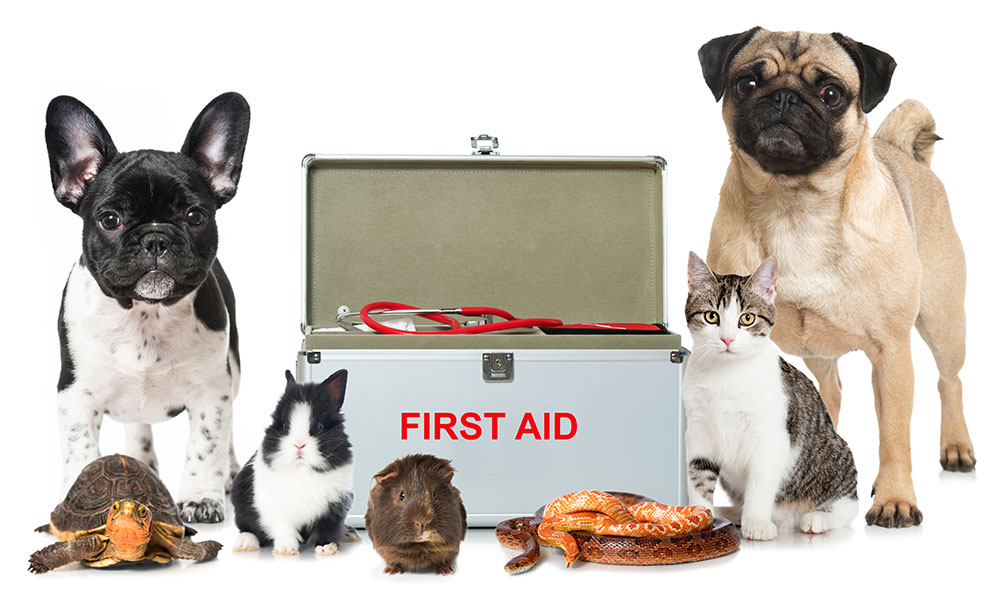
So you have done the research and built your dog emergency kit, but you have a little spare room in the medical box you purchased. There’s nothing wrong with a little extra room and now you have an opportunity to add some even more useful items to increase your already impressive level of preparedness. There are plenty of first aid products available on the market today and each one can serve a specific or multitude of purposes. This is where understanding your lifestyle and the items that would come in handy for you becomes pertinent.
One of the first extras or add-ons that we would recommend is some type of blood clotting powder or product. A product like “Clotit” or “Clotisol” is a product that you apply to minor cuts and wounds to increase the rate of blood clotting to assist in the stoppage of bleeding. The most common ingredient in these products is a collagen protein that assists in the clotting process.
Duct tape. Yes, you read that correctly. Duct tape is one of the most handy tools that any handy-person has in their arsenal because it really can help with anything. It can strengthen a bandage, act as a bandage, seal a cut in a pinch and help fashion towels into a sling. Plus a multitude of other uses that anyone with an imagination can concoct.
It’s never a bad idea to include some type of energy supplement or nutrients in your dogs first aid kit as well. An injury and dressing can be a stressful scenario and drain a pet mentally and physically. Having some type of snack or drink in your emergency kit could go a long way in providing some much needed calming after an injury.
Allergy medication is an additional item to consider adding to your dog’s emergency kit. Brands like Benadryl are actually safe for pets to take, in smaller doses, and your veterinarian will be able to inform you on proper doses that are safe for your dog to ingest. These can come in handy for more severe bug bites – wasps & bees – as well as other allergic reactions. Remember to talk to your vet before giving your dog any type of medication.
Finally, additional tools to consider in your DIY first aid kit for dogs are a thermometer to monitor their temperature, this can come in especially handy when concluding how severe a sickness or injury is. An old beard or moustache trimmer is a welcomed addition as well. They can be used in a pinch to clear an affected area of any fur so that you can properly dress a wound or access a tick. For the most severe cases where you fear your dog might bite or nip at your or someone assisting you due to their distress, a muzzle could come in handy but is not a staple tool in a first aid kit.
Conclusion

Owning a pet comes with all the responsibility and dangers that we ourselves have to face on a day to day basis. Being prepared for a circumstance that may never come will pay for itself with the peace of mind it allows by knowing you won’t be caught off guard. While owning a pet first aid kit is an important endeavour, it does not eliminate the need to take your pet to a veterinarian hospital for severe cases. In fact, with almost all animal injuries, you should use your first aid kit to stabilize your dog and make them comfortable for travel to the nearest animal hospital. Even for ticks and cuts, they can run the risk of becoming infected and a vet can prescribe antibiotics that can further aid in the healing process of your injured pet. Once your vet has given them the green light of health to go home you can inquire about Wild Thing Pet’s pet CBD oil and how cbd for dogs can help with a multitude of ailments including pain and inflammation.
Frequently Asked Questions (FAQ)
What should be in a pet first aid kit?
While there are many items that you should consider when making your own pet first aid kit, the most common items are bandages, tape, scissors, gloves, towels and saline solution.
How do you make a homemade first aid kit?
Making a homemade pet first aid kit is actually rather easy and inexpensive. All the products are readily available at local grocery stores, drug stores and medical supply stores.
What is the best pet first aid kit?
There are many types of pet first aid kids on the market and just as they vary in price, they vary in items. More expensive kits will include additional items while helpful additions are not necessities in a pet first aid kit.
How do you give your dog first aid?
The type of first aid required depends on the type of injury a dog has sustained. Simple cuts may just require cleaning and bandage, while more severe injuries that require stitches or further medical treatment should be taken to a vet as soon as possible. When applying first aid to your dog, ensure that they remain calm and feel safe while you address their injury.




